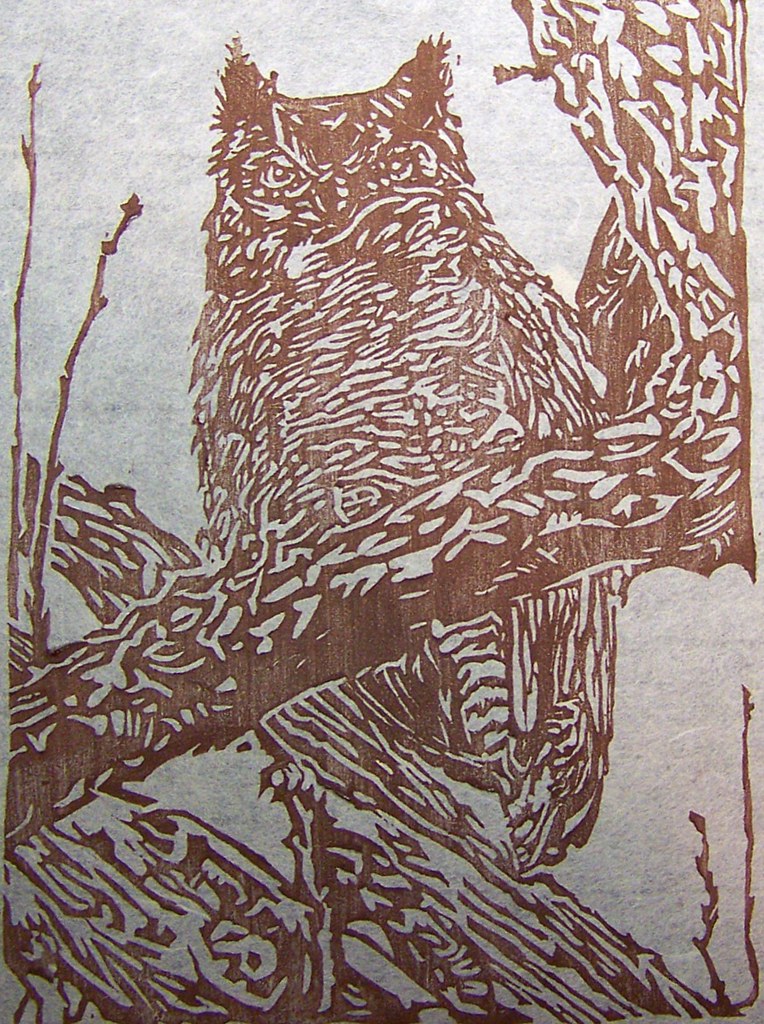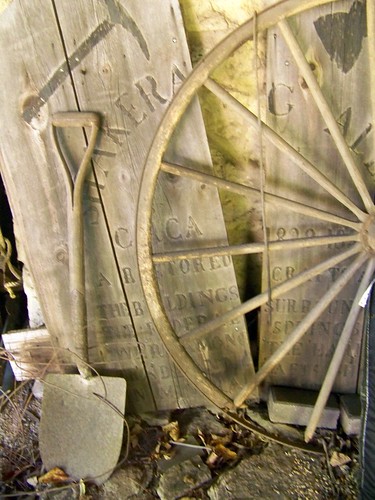"Art is a creation of beauty."
~Arthur Wesley Dow
"I am a life-long explorer of art.
I am always learning about art and other cultures"
~Arthur Wesley Dow
I promised Mark Pascale during the portfolio review at Spudnik Press, that I would research Arthur Wesley Dow and I am glad I did. He seems like a kindred spirit.
 |
| Arthur Wesley Dow |
He was born on April 6, 1857 in Ipswich, Massachusetts. He was not born wealthy, but due to his talent in art he received some early training under the tutelage of Anna K. Freeland, a historical and portrait painter of Worchester, Mass.; then under James M. Stone, a painter from Boston, Mass.. But if he wanted a career as an artist, he needed to study abroad in Paris. This was true for many of the people of his generation.
If he wanted to become a master painter, he needed to study the masters. So in 1884 he left the United States for France just 1 year after his marriage to Minnie Pearson. For 5 years he studied with Gustave B. Oulanger and Jules Lefebre while at the Academie Julian in Brittany at Pont Aven.
He returned home with three choices: 1. become a commissioned portrait painter who is dependent on the generosity of wealthy patrons, 2. produce, show, exhibit and sell his work or 3. teach. He chose #2 and #3 and wholeheartedly threw himself into teaching all the while producing and marketing his own artwork.
 |
| Raven, 1902. Arthur Wesley Dow. American Art Museum. |
In 1889 he discovered Japanese Ukiyo-e and the printmaker
Katsushika Hokusai (who is famous for his tsunami print entitled, "
Mount Fuji Seen Below a Wave at Kanagawa."). This changed everything. Here was a new aesthetic to learn. He went to Ernest Fenollosa at the Bostom Museum of Art. Fenollosa was the foremost Japanese art scholar at the time. Eventually, Dow served as the assistant curator of Japanese art at the Boston Museum. Together these two studied the look and feel of Japanese art and came up with four classifications: Line, Form, Color, and Notan. Notan is a Japanese term which means the use of light and dark or positive and negative space. Dow wrote his new curriculum for art education in a book entitled
Notan and Color.
The principles were further explained in his book from ten years later in 1899,
Composition: A Series of Exercises Selected from a New System of Art Education. This revolutionary book and others he wrote changed the way art and art theory was taught from that point forward.(…and many of them are on my Christmas list this year!)
In 1891 he opened the Ipswich School of Art in a house that was once owned by Ralph Walso Emmerson. The school ran for just 2 months every summer with over 200 students attending annually. This fits in with the Arts and Crafts Movement of that time with its emphasis on art colonies, workshops and arts education. The school closed in 1907.
During the Spring, Summer and Fall; Dow taught full-time at the Pratt Institute in Brooklyn, NY. He taught there for 8 years (1895–1903). Afterwards, he became the director of the Fine Arts Department at the Teacher's College at Columbia University where he served until his death on December 13, 1922.
He taught
Georgia O'Keefe,
Charles Sheeler,
Charles Martin, two of the
Overbeck Sisters , and the
Byrdcliffe Arts Colony.
 |
| Rain in May |
 |
| The Derelict (The Lost Boat) |
I think I was asked to look at this artist because he using the same block for multiple editions, with each edition portraying a different aspect or mood of the subject through the use of color.
He also has a love for the natural world which is evident not only in his subject matter, but in his color palette and writings. He appreciated the elegance of design that was based on nature, but he never replicated it. He laid the stylistic foundations for the Arts and Crafts Movement.
He does not use a keyblock and seldom used "outlines" perferring large swaths of color. His use of light and reflection is used to create compositions that sing.
Although I am studying him for his woodblock prints, he was also a painter, photographer, sculpture, potter, designer educator and student. He believed that all artistic disciplines are of equal value and that fine art and craft were one in the same.
Wouldn't you know it? I missed a show of his work in Chicago at the
Terra Museum back in 2010. RATS! I really want to learn more about his philosophy and how it relates to modern constructs of art education. Looks like my Christmas list is getting longer! lol.
References:
Cantor Arts Center, Staford University
http://www.tfaoi.com/newsm1/n1m339.htm
- - -
Ipswitch Museum
http://ipswichmuseum.drupalgardens.com/exhibitions-collections/the-dow-collection
- - -
http://thebluelantern.blogspot.com/2009/10/little-princess-of-marshes.html
- - -
http://blogs.smithsonianmag.com/aroundthemall/2009/01/smithsonian-events-week-of-112-118-edgar-allan-poe-and-strange-bodies/
- - -








































